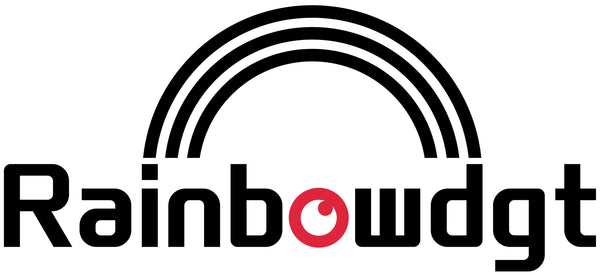DTF Printing vs Traditional Methods | Enhancing Apparel Quality with DTF Printer
In the modern apparel industry, achieving high-quality prints on various fabrics is critical for both businesses and hobbyists. One of the most versatile and rapidly growing methods is Direct to Film (DTF) printing. But how does it compare to traditional techniques like Direct to Garment (DTG) and silkscreen printing? Understanding DTF vs DTG and DTF vs silkscreen can help you make informed decisions for your printing needs.
What Sets DTF Printing Apart
DTF printing technology allows designs to be printed onto a special film before transferring them onto fabrics using heat and adhesive powder. This method works on a wide variety of materials, including cotton, polyester, blends, and even nylon, which traditional methods sometimes struggle with. The result is high-resolution images with vibrant colors and strong durability.
DTF vs DTG Printing
|
Feature |
DTF Printing |
DTG Printing |
|
Fabric Compatibility |
Cotton, polyester, blends, nylon |
Mainly cotton |
|
Image Detail |
High-resolution, vibrant |
High-resolution, limited fabric options |
|
Wash Durability |
Excellent, withstands many washes |
Moderate, may fade over time |
|
Print Flexibility |
Multi-color, gradient designs |
Full-color, less flexible on mixed fabrics |
|
Batch Efficiency |
Efficient for small to medium runs |
Best for small orders, slower on mixed fabrics |
In DTF vs DTG printing, DTF demonstrates superior flexibility across materials and better longevity on mixed-fabric items. Additionally, DTF allows DTF print vs screen print comparisons to highlight its advantage in producing gradients and complex designs with vibrant colors that traditional screen printing may struggle to achieve.
DTF vs Silkscreen and Screen Printing
Silkscreen printing has been a mainstay for decades due to its durability and cost-effectiveness in bulk production. However, in DTF vs silkscreen comparisons, DTF printer is faster for small batches and more adaptable for detailed, multi-color designs.
DTF vs screen printing: Screen printing requires creating separate stencils for each color, which increases setup time and cost for complex designs. DTF simplifies this process, making it ideal for businesses needing high detail and low-to-medium volume production.
DTF print vs screen print: While screen printing excels in long-run consistency, DTF prints offer smoother color gradients, detailed images, and vibrant multi-color designs on a wider range of fabrics.
Practical Applications and Benefits

Businesses and hobbyists can benefit from business DTF printer in multiple ways:
1. Custom Apparel: T-shirts, hoodies, jackets, and sportswear.
2. Promotional Products: Tote bags, aprons, and personalized gifts.
3. Complex Designs: Photographic images, logos, or intricate patterns with multiple colors.
DTF also reduces waste compared to screen printing since no separate screens or excessive inks are needed. For smaller businesses, this translates into lower initial investment and greater flexibility.
Tips for Best Results
1. Ensure correct heat press temperature and pressure for optimal adhesion.
2. Use high-quality DTF inks and films for vibrant, durable prints.
3. Test designs on small samples before large-scale production.
Conclusion
As the printing industry evolves, DTF vs DTG and DTF vs silkscreen highlight the increasing relevance of DTF printing. Its versatility, high-resolution output, and adaptability to multiple fabrics make it a strong choice for modern printing needs. By understanding these differences, businesses can select the method that balances cost, quality, and production efficiency, ensuring top-notch results for their apparel and promotional products.
Popular products you may be interested in:
